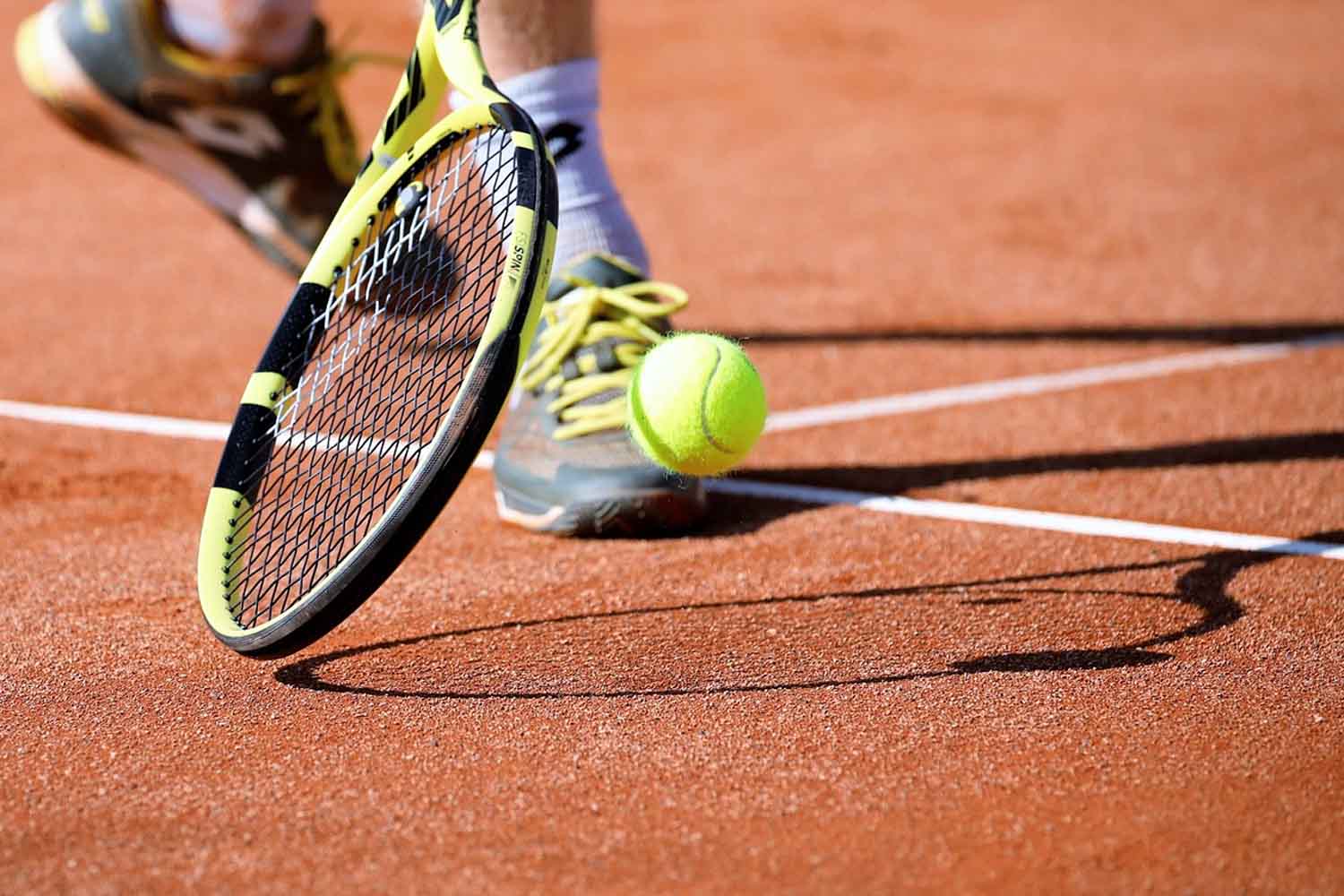Tennis is one of the best sports for longevity, providing physical, mental, and social benefits that improve overall health, particularly in later life. Regular players live longer, healthier lives.

@Pixabay
Regular physical activity is widely recognized by the scientific community as one of the key pillars for living a longer, healthier life. A 2012 study found that mortality rates were between 30% to 35% lower in active individuals compared to their sedentary counterparts. Yet, not all forms of exercise appear to offer the same longevity benefits. Surprisingly, tennis stands out as the most effective sport for extending life expectancy.
Tennis: a game changer for health
A growing body of research highlights that tennis, in addition to being dynamic and engaging, is a powerful tool in combating disease, improving physical and mental well-being, and fostering meaningful social connections. Regular players, even those who have been playing for decades, often show better health, lower rates of obesity, and a reduced risk of cardiovascular diseases. These players also tend to follow international physical activity guidelines more closely, even well into their 60s and 70s.
One study within the Copenhagen City Heart Study, now considered a benchmark when comparing sports and life expectancy, revealed that playing tennis could add an impressive 9.7 years to one’s life. Other activities followed: badminton (+6.2 years), soccer (+4.7 years), cycling (+3.7 years), swimming (+3.4 years), jogging (+3.2 years), calisthenics (+3.1 years), and gym workouts (+1.5 years).
What makes tennis so special?
What is it about tennis that makes it so effective? Experts point to a winning combination of physical intensity and social interaction. According to the United States Tennis Association, just three hours of tennis a week can reduce the risk of heart disease by over 50%. Another study published in the Journal of Sports Medicine observed a 47% reduction in the risk of death from any cause and a 56% reduction in the risk of cardiovascular disease for those who regularly play racquet sports compared to those who do not engage in any physical activity.
A 2020 study in the International Journal of Sports Medicine, led by Katherine E. Spring, analyzed data from 142 tennis players, many affiliated with the International Tennis Federation. The results showed that, compared to the national average in the United States (according to the CDC), players over 45 had significantly lower rates of obesity, diabetes, heart attacks, and strokes. Over 75% of the participants reported playing at least twice a week for over ten years, and they continue to do so with the same frequency.
Tennis benefits for body, mind, and social connections, especially in later life
Tennis doesn’t only improve physical health—its positive effects extend to mental well-being and social life, which are especially important as we age.
The authors of the Danish study emphasize that being part of a regular group fosters a supportive and cohesive environment, encouraging the adoption of healthy lifestyles over the long term. Unlike solitary activities like running or gym workouts, tennis inherently requires interaction with others. In an age when loneliness is increasingly recognized as a public health issue, particularly among the elderly, tennis offers a natural and accessible solution.
From a psychological standpoint, tennis players tend to show higher levels of self-esteem and lower levels of stress. Although Spring’s study didn’t find statistically significant differences in mental health, it did reveal that players between 50 and 60 reported feeling fit and energetic for over 22 days in the previous month.
Unique biomechanical advantages
Tennis also provides unique biomechanical benefits. Unlike sports like running or cycling, which develop along a linear axis, tennis requires complex movements such as sprints, directional changes, twists, and stretching. These motor patterns stimulate agility, balance, joint strength, and coordination, helping reduce the risk of falls and injuries as we age.
One of the most underrated aspects of tennis is grip strength. Today, grip strength is considered a true biological indicator of aging. A weak grip is linked to an increased likelihood of developing heart disease, cognitive decline, and early death. Not surprisingly, tennis players tend to have stronger grips than sedentary individuals.
Tennis for everyone, at any age
Despite the stereotype that tennis is an elite or difficult sport to learn, data shows a very different reality. Most of the players involved in studies were amateur players aged between 21 and 72, training on public courts, and not belonging to exclusive clubs.
In recent years, sports like pickleball (a mix of tennis, badminton, and ping-pong) and padel have gained popularity worldwide, offering the same physical and social benefits as traditional tennis, but with easier and more immediate access.
For those concerned about injuries, like the well-known “tennis elbow,” experts recommend supplementing racquet sports with strength exercises and stretching to improve muscle endurance and flexibility.
Conclusion: the best investment for a healthy future
In conclusion, for those who want to age in good health without the need to run marathons or lift heavy weights at the gym, picking up a racquet might be the best option. Tennis, in addition to being fun and stimulating, could very well be the best investment for your future health.
Source: NLM
